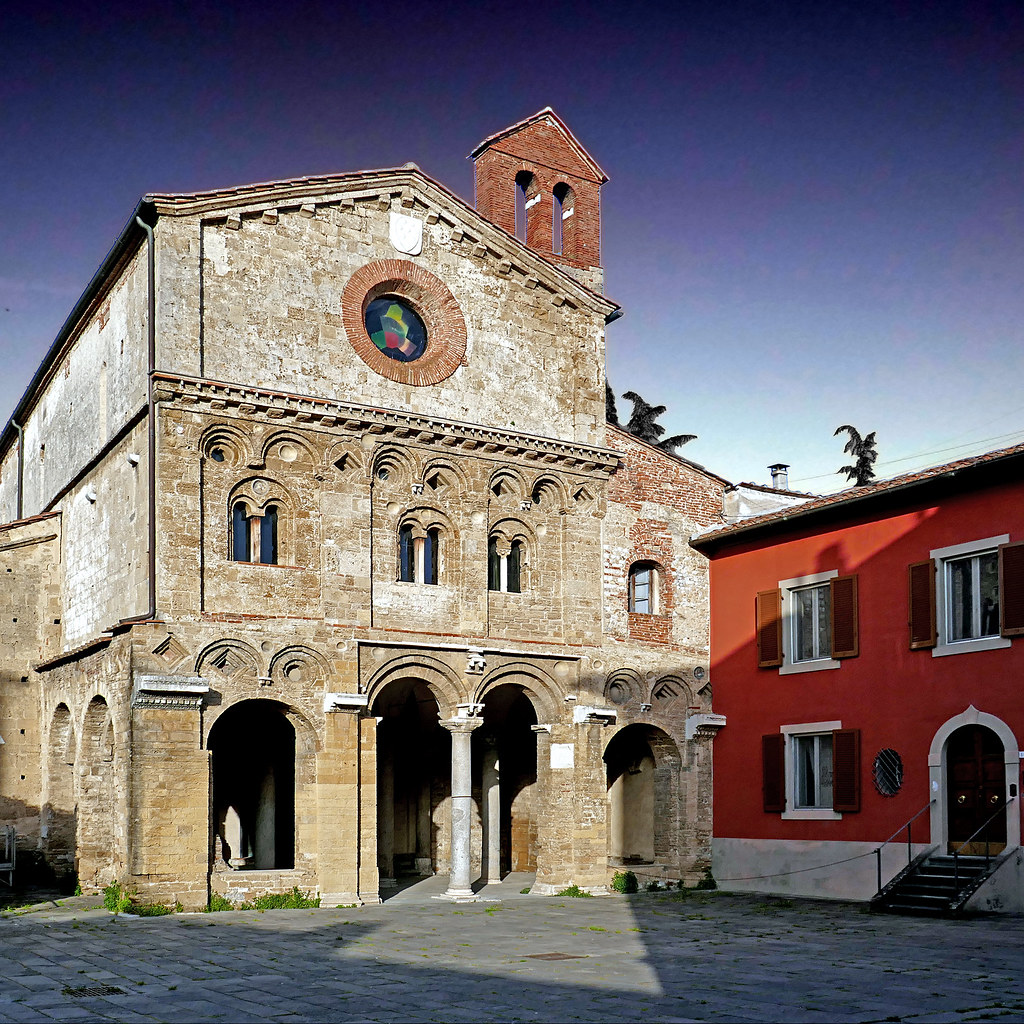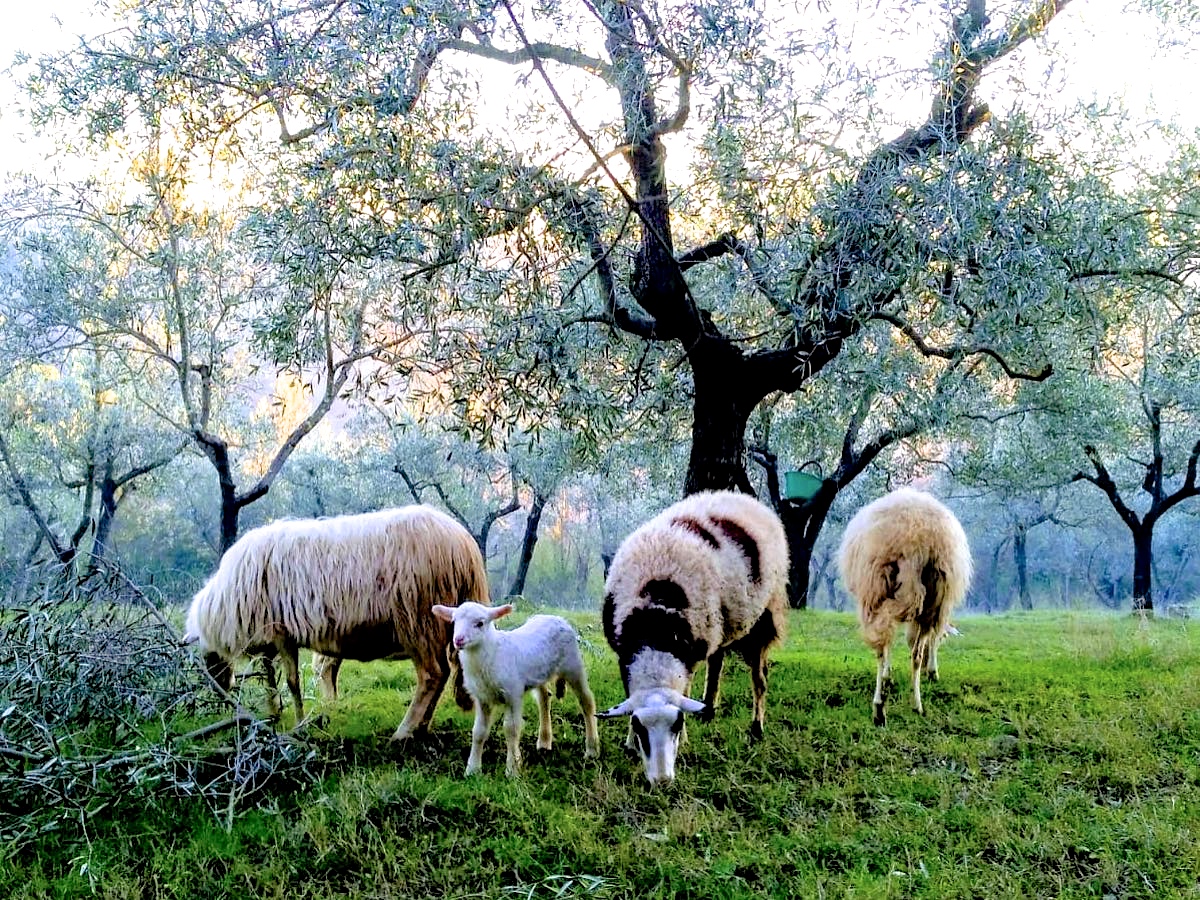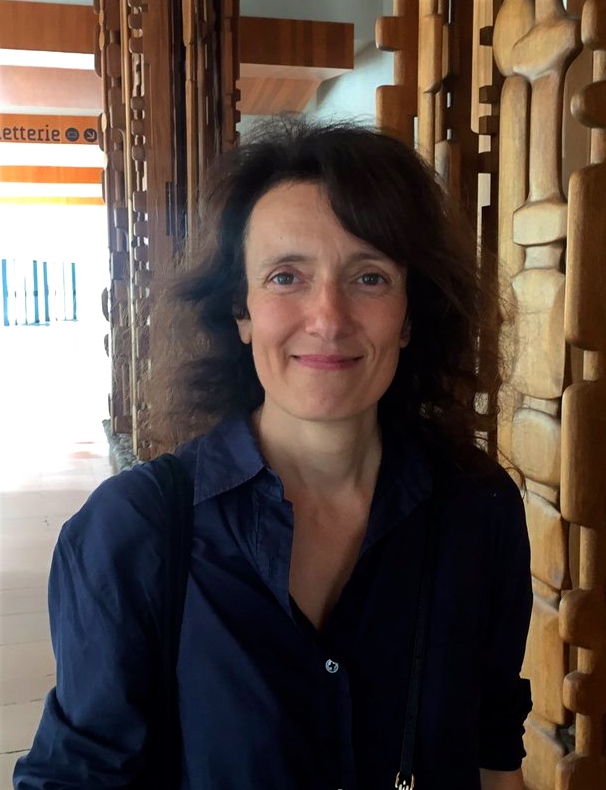“I let myself be guided…by what I write. I create a setting, characters, and themes, then watch them interact. I become a secretary, jotting down what happens in the strange laboratory that is a work of fiction. It’s a bit of role reversal. I become a witness to this world I’ve made, I listen in with an ear for what I’d call the music, I pay attention to echoes, repetitions, the whole system of internal harmonics that I didn’t deliberately put in to begin with, but which I notice in hindsight and then decide whether to not to bring them into sharper relief…”—author Celia Houdart, in Interview introducing the novel.
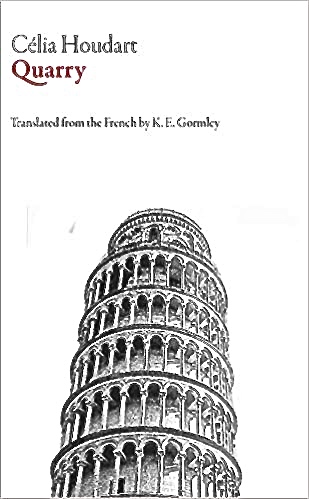
In this experimental novel by French author Celia Houdart, the action mimics, to some extent, a crime novel, though in keeping with the above quotation, the style of the narrative is unique.
Marian, a judge in Pisa, Italy, and a central character, is about to preside over the hearing of a man accused of shooting the prefect of Pisa three years ago, a crime for which the victim is still plagued with memory problems and breathing difficulties. Marco Ipranossian, an Armenian, was arrested at the train station in Florence, fifty miles away, a month after the shooting, and was found with some compromising paperwork tucked inside his shirt. Now, after three years, the time has finally arrived for the legal case to begin against him. From the time of Ipranossian’s arrest, however, the prefect-victim has stated that Marco Ipranossian does not really look like the man he remembers as the shooter and is much thinner. A juror also sees “little resemblance” between Marco Ipranossian and the photo of a suspect that appeared in the local newspaper at the time of Ipranossian’s arrest. A man in the second row of the jurors, the reader is told, is suffering from conjunctivitis and reacting badly to the air-conditioning, a fact that enters the narrative with the same emphasis as the statements about Ipranossian. The suspect, the reader is told, is sitting hunched over in his seat, with cuffed hands, listening to the bells of San Zeno Church striking noon.
These brief details seem to appear almost randomly and without elaboration, attesting to the author’s interview statement that she creates characters and then becomes a witness to the world she has made. She provides no deep analysis of character, at this point, and no hints about motivation or background detail to put the suspect into the context of the community and raise suspicions about him, as other “crime novels” do. She presents “just the facts” – and leaves it to the reader to supply or create the mystery. Successive short chapters refer to the typed report of the legal case, which has typos, carriage returns in the middle of a line, and irregular spacing, causing Marian, the judge, to wonder briefly about who typed it. Short sections regarding Marian’s courtship and her husband Andrea’s exotic doctoral thesis on ancient South-Indian textiles, about their fifteen-year-old daughter, and about Andrea’s problems finding a job appear for consideration. The reader also learns that Marco, the suspect, is a mechanic who helps out at Primo Maggio, a popular local restaurant in Buti, but little connection is drawn between this information, the crime, and the other characters. As the author confirms, also in the introductory Interview, “Reality [compared to traditional crime novels] is much more chaotic, filled with lots of absurd, disordered things all happening at once….Everyday life often seems to me like a strange adventure, full of chance encounters and random coincidences.”
A substantial section on Lea, daughter of Marian and Andrea, and her commitment to her sculpture work with Carrara marble brings the history of the Carrara community to the fore, just as Marian receives a phone call asking her to meet a shepherd who may have information about the three-year-old shooting. His testimony might be useful for the trial of Ipranossian. Questions about the police investigation arise but get no more emphasis than information about the Palio being held in town that spring. Some coincidences highlight the ending of the novel, as the novel concludes abruptly in San Francisco. Of the ending the author says, “When I’m writing, I’m actually more concerned with the balance of the composition as a whole, rather than the thread of the plot, which allows it (the plot) to break off suddenly or be left unresolved, hanging in midair as you say….The cumulative mass of sensations should be so strong that, once the book is closed, each of these feelings can unfold inside us….An ending is successful for me when it happens in hindsight, after the fact, like a time bomb. Or a chemical reaction.”
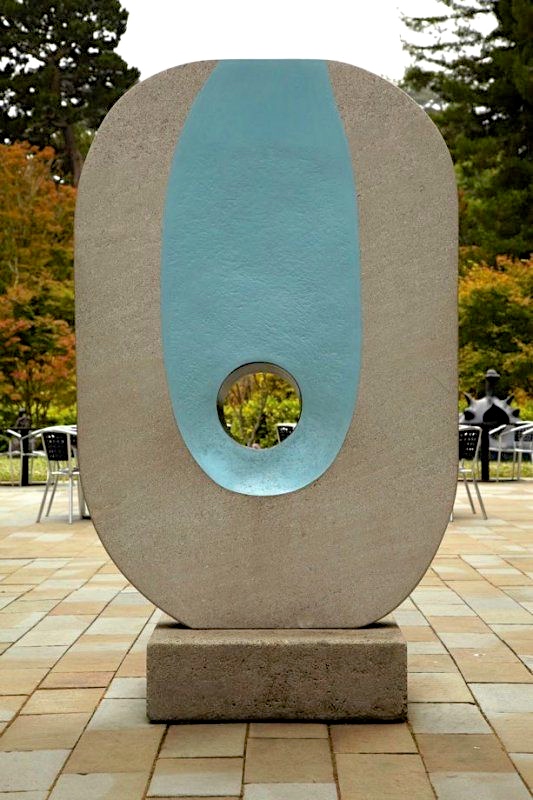
Barbara Hepworth’s “Pierced Monolith in Stone,” shows that Lea has not changed her priorities with her move to California.
K. E. Gormley, the translator, who has been the interviewer of Celia Houdart in the preliminary pages of the novel, reveals her own sensitivity to the author’s style and intention in a “Translator’s Preface,” which appears immediately after her Interview of the author. She admits that initially she “raced through [the novel], scanning for clues, intent on solving the mystery myself before the solution was handed to me at the end. When I reached the final page, I felt like I had been tricked into running off a cliff. Where was the big reveal? What had I missed? What I’d missed was, unfortunately, almost everything.” Because of the author’s “clean, concise prose,” however, the translator approached the book again, and this time came away with a whole new understanding of Quarry. While maintaining the author’s seemingly casual approach to the narrative as she translates, she also studies the details and what she sees as the author’s intention in writing this “almost minimalist” novel.
Some characters who appear to be power players here turn out to be almost irrelevant, while others prove to be significant players. Ultimately, the MacGuffiins are identified and vanish quietly, and the reader, too, begins to enjoy the new understandings which appear almost without warning, establishing this novel as not only unique but carefully crafted in its literary style. Author Celia Houdart takes some big chances with her approach to this novel, which grows on the reader as s/he spends more time with the author and her perspective. Ultimately, as the author confirms in the Interview at the beginning, even the assumption that Quarry is a “crime novel” proves to be a “red herring.” As Celia Houdart makes clear, her characters and their ordinary lives turn out to be bigger and more important than simply finding out “whodunnit.”
Photos. The Church of San Zeno, in Pisa. Ipranossian listens to the bells at noon while he is awaiting trial. https://www.flickr.com/ Photo by Pom’
Sheep in olive grove, a sight which intrigues Marian as she drives to meet with a shepherd: https://www.facebook.com
Author Celia Houdart: https://twitter.com/editionspol/status/909672283605815296
Barbara Hepworth’s “Pierced Monolith with Color,” made of Roman stone, at the de Young Museum in San Francisco, which shows that Lea has not changed in her commitments. https://www.pinterest.com/
